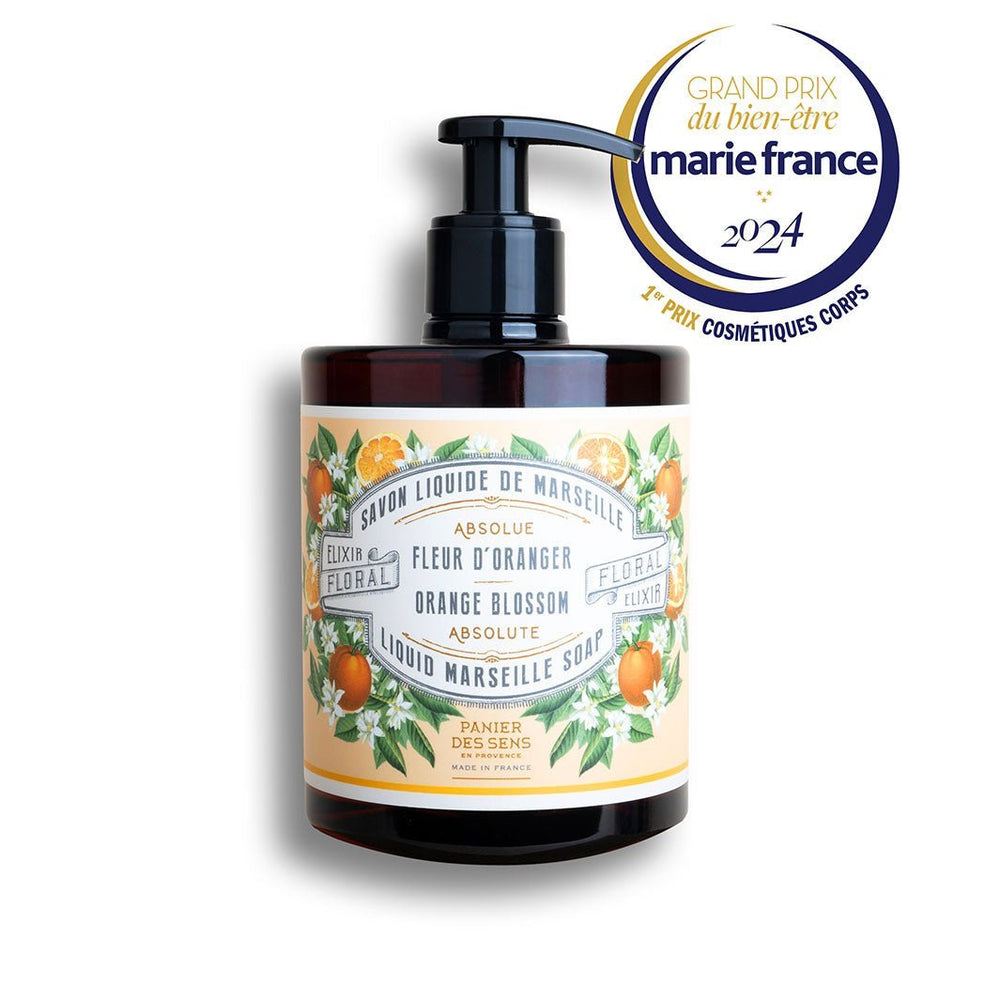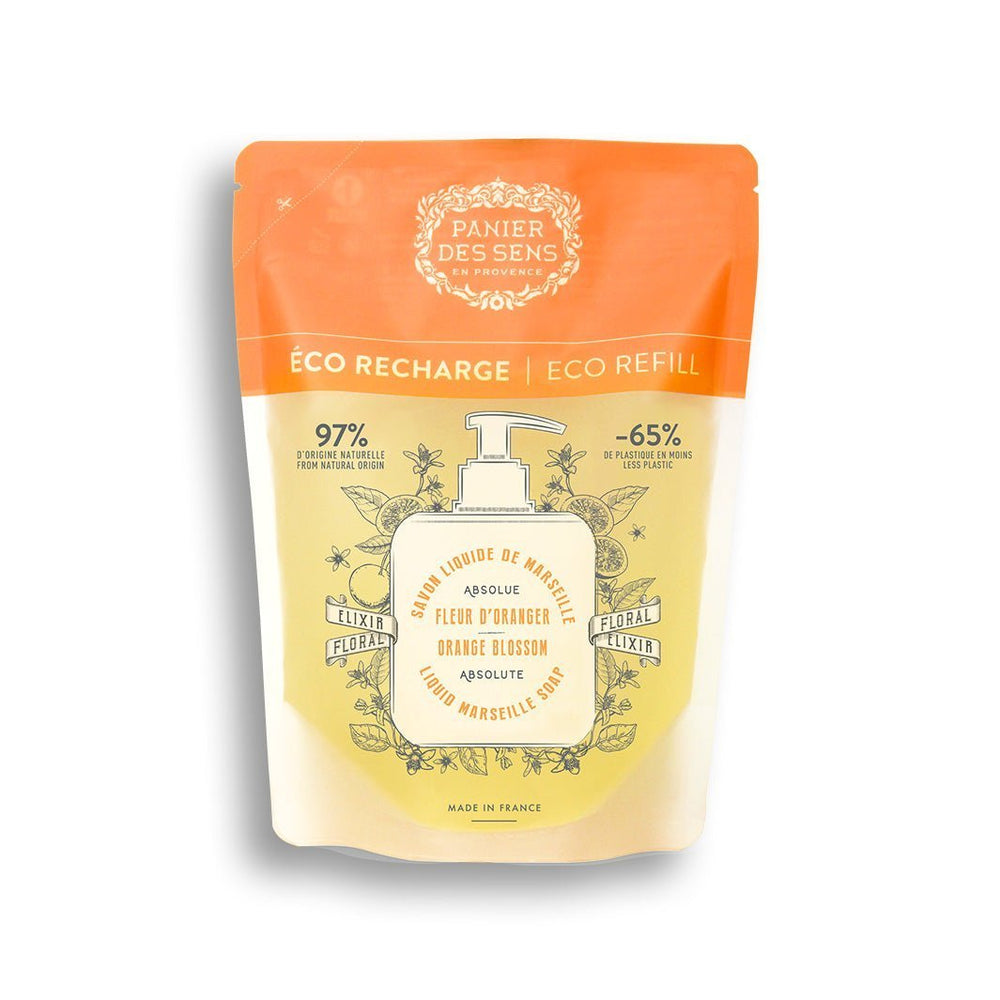How do distillation techniques in Grasse influence the fragrance of eaux de toilette ?
Immerse yourself in the art of distillation in Grasse, the world's perfume capital. The techniques used here are not just a legacy of the past, but a true passion that translates, day after day, into every drop of our precious eaux de toilette. The richness of this centuries-old tradition is reflected in the historical evolution of these techniques and in Grasse's particularly refined distillation methods.
We then explore how these techniques directly influence the quality of the raw materials and the unique olfactory characteristics of our fragrances. Finally, let's discover how modern innovations blend with traditional practices to create eau de toilette de Grasse: traditions and innovations for impeccable wear that captivate and delight the senses. Prepare yourself for a sensory journey and an in-depth understanding of this delicate and sophisticated art.

Traditional distillation techniques in Grasse
History and evolution of distillation techniques in Grasse
Grasse, the perfume capital of the world, has preserved and enriched its ancestral distillation know-how. Since the Middle Ages, this small town nestled in the hills of Provence has specialized in the extraction of natural essences. Over the centuries, master perfumers have perfected their techniques, evolving from rudimentary stills to the sophisticated installations we know today.
The history of distillation in Grasse is intimately linked to the abundance and diversity of local aromatic plants. Rose centifolia, jasmine grandiflorum and orange blossom are all olfactory treasures that have shaped the region's reputation. Early distillers used simple but effective methods to capture the pure essence of these delicate flowers.
Over time, technological advances have enabled these processes to be considerably improved. The introduction of the copper still in the 18th century marked a decisive turning point, offering better temperature control and finer extraction of aromas. Even today, this emblematic tool continues to play a central role in the production ofeaux de toilette eaux de toilette.
Main distillation methods used in Grasse
In Grasse, several traditional methods coexist to extract precious plant essences. Each has its own specific features, resulting in unique olfactory profiles:
- Steam distillation: steam is passed through plants to release their essential oils. The aroma-laden steam is then condensed to recover the pure essence.
- Enfleurage: although less common today due to its high cost and time required, enfleurage remains an emblematic method used mainly for fragile flowers such as jasmine or tuberose. Petals are placed on plates coated with odorless grease, which gradually absorbs their fragrance.
- Volatile solvent extraction: in use since the 19th century, this method involves the use of a solvent (such as hexane) to dissolve the odor compounds present in plants. After evaporation of the solvent, a concrete is obtained, which can be transformed into an absolute by washing with alcohol.
- Cold expression: mainly used for citrus fruits such as lemons and bergamots, this technique involves mechanically pressing the zests to extract the essential oils without using heat.
These ancestral methods bear witness to the rich cultural and technical heritage that Grasse passionately nurtures. They also guarantee the exceptional quality of eaux de toilette produced in this mythical region.
The impact of Grasse distillation techniques on eaux de toilette
Quality of raw materials distilled in Grasse
The exceptional quality of the raw materials used in eaux de toilette is rooted in the refined and precise distillation techniques used in Grasse. Local aromatic plants, such as rose centifolia, jasmine grandiflorum and orange blossom, are cultivated with meticulous care to guarantee their purity and olfactory richness. These delicate flowers are then subjected to distillation methods that respect their intrinsic properties, extracting essences of unrivalled finesse.
For example, steam distillation captures the pure essence of plants without altering their subtle aromas. Steam passes through the petals, releasing the essential oils which are then condensed to form a concentrated essence. This technique ensures that every drop ofeau de toilette faithfully reflects the very soul of the plant.
Other methods, such asenfleurage, although rarer today, remain emblematic for certain fragile flowers. Enfleurage uses an odorless fat to gradually absorb the fragrance of the petals, thus preserving their olfactory integrity. This ancestral method guarantees the exceptional quality of the extracts obtained.
Olfactory characteristics of eaux de toilette influenced by Grasse
The influence of Grasse distillation techniques is clearly evident in the unique olfactory characteristics of the eaux de toilette produced in this mythical region. Perfumers benefit from a rich and varied palette of natural essences with complex and nuanced aromatic profiles.
Take jasmine grandiflorum, for example: thanks to meticulous enfleurage or delicate distillation, this flower reveals all its splendor in a bewitching eau de toilette with intense, sensual floral notes. Similarly, centifolia rose, distilled by steam distillation, offers a refined, opulent bouquet that's instantly seductive.
Citrus fruits such as lemon or bergamot, meanwhile, often benefit from thecold expression process, preserving their vibrant, radiant freshness. These techniques enable eaux de toilette from Grasse to fully express every aromatic facet of the raw materials used.
This technical heritage gives fragrance creations an olfactory signature that is unmistakable: that of a thousand-year-old tradition combined with constant innovation, where each fragrance tells a story rich in emotions and sensations.
Innovation and modernity in distillation techniques at Grasse
Recent innovations in distillation at Grasse
In Grasse,innovation never ceases to enrich the olfactory heritage. While respecting ancestral traditions, master perfumers integrate cutting-edge technologies to sublimate each essence. For example, the use of molecular distillation, an advanced technique for extracting aromas with surgical precision, has revolutionized the way perfumes are created. This method isolates specific olfactory compounds without altering their purity, delivering more authentic and intense notes.
Other innovations, such assupercritical CO2 extraction, have also made their appearance. This process uses high-pressure carbon dioxide to extract essential oils without recourse to traditional solvents. The result? Extracts of exceptional quality that preserve all the aromatic nuances of the original plants.
Combining tradition and modernity in distillation at Grasse
The alliance between tradition and modernity is at the heart of the creative process at Grasse. Age-old techniques such as enfleurage or steam distillation coexist harmoniously with these new, innovative methods. This synergy enables perfumers to benefit from the best of both worlds: respect for raw materials and continuous improvement of extraction processes.
A case in point is the centifolia rose, the emblem of Grasse. While its delicate fragrance is traditionally captured by enfleurage or conventional distillation, some artisans now use supercritical CO2 extraction to obtain an essence even more faithful to the freshly picked flower. In this way, each bottle ofeau de toilette becomes a veritable olfactory masterpiece, where past and present meet.
This hybrid approach guarantees not only unrivalled quality, but also a reduced ecological footprint thanks to the use of more environmentally-friendly methods. By combining ancestral know-how with modern technologies, Grasse continues to write its perfume history with boldness and elegance.
We recommend these other pages:





































